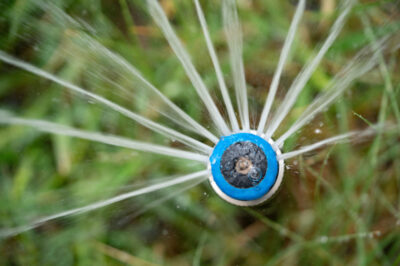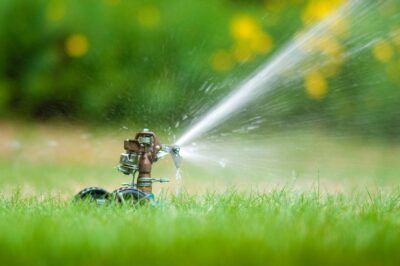Search results for: “surge flow irrigation”
- PublicationSurge flow irrigation has the potential to increase furrow irrigation efficiencies to levels usually associated with sprinkler and drip irrigation systems. This publication explains how to configure and operate surge...
- PublicationSurge flow irrigation has the potential to increase furrow irrigation efficiencies to levels usually associated with sprinkler and drip irrigation systems. This publication explains how to configure and operate surge...
- Program...Irrigation Auditors. The School of Irrigation provides irrigation education through a variety of in-person and self-paced educational courses across the state to meet the changing needs of the irrigation industry....

- Program...resources that promote efficient irrigation practices and water conservation. These resources include projects, education and licensing courses, irrigation literature and news releases, testing services, and efficient irrigation practices for homeowners....

- LabThe Sprinkler and Smart Irrigation Technology Testing Lab is nationally certified by the International Code Council (ICC Evaluation Services) and is approved by the USEPA for testing of irrigation components...

- Course...gauges, outlet spacing, and end guns Variable-rate irrigation, control panels, and communication technology Pivot management: runoff and wheel rutting Irrigation scheduling Chemigation A Center Pivot Buyer’s Checklist is included. Students...
- Course...different locations. They also learn how to design complete small-scale irrigation systems that use wind pumps to meet peak irrigation water requirements, along with required storage capacity. This course provides...
- Course...based upon the amount of solar energy available for different locations. They also learn how to design irrigation systems that use solar pumps to meet peak irrigation water requirements, along...
- PublicationAn efficient irrigation system starts with proper design. The most important irrigation design principles are sprinkler head spacing and operating pressure. Manufacturers publish product specifications that provide the recommended operating...
- Publication...salts carried in the irrigation water. Some techniques for controlling salinity, which require relatively minor changes, include: More frequent irrigations Selection of more salt-tolerant crops Additional leaching Pre-plant irrigation Bed...

